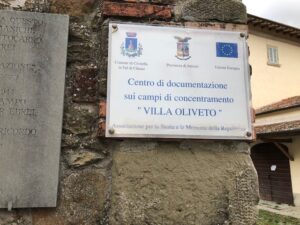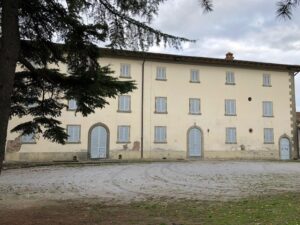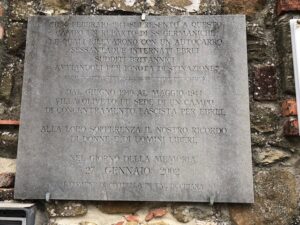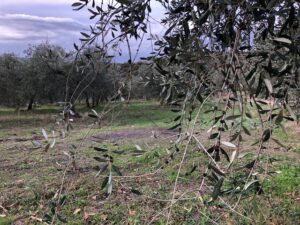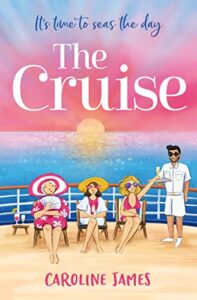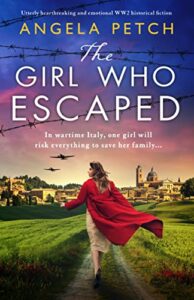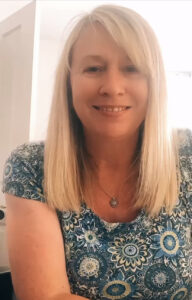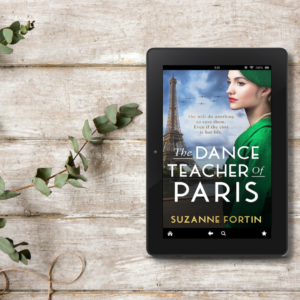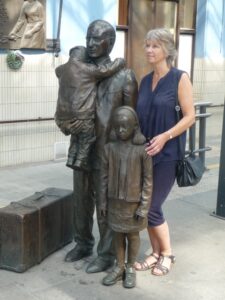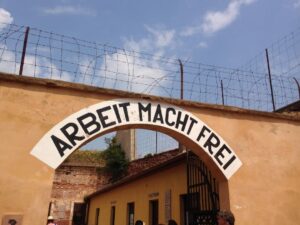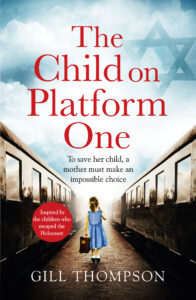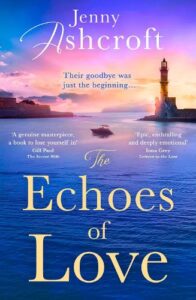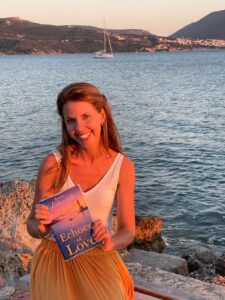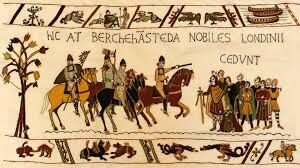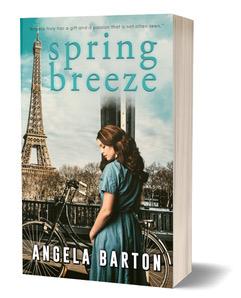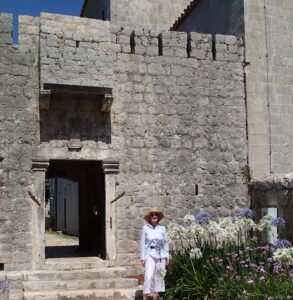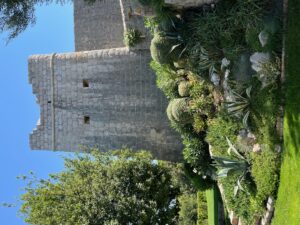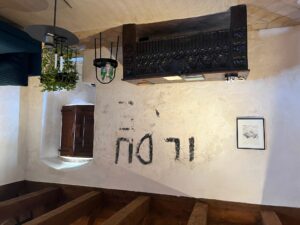I’ll say up front that for me, this is Liz Fenwick’s best book yet. It is just so very rich in everything; the sense of the era, the superbly described settings, the characters that refuse to leave your side.
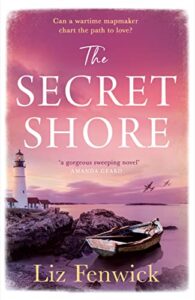 The Secret Shore is also Liz’s first fully historical novel and her research is impeccable. Not only that, it is used so sparingly in both tiny period details and sweeping events, it whisks you back the Second World War in an entirely credible and unsentimental fashion that never gets in the way of the story.
The Secret Shore is also Liz’s first fully historical novel and her research is impeccable. Not only that, it is used so sparingly in both tiny period details and sweeping events, it whisks you back the Second World War in an entirely credible and unsentimental fashion that never gets in the way of the story.
The entire narrative is carried by the main character, Merry, an Oxford geography lecturer recruited to help the war effort. Merry is an expert in maps and they stretch into every corner of her world; her vital work, her hobbies, and even her personal life. If there is something she cannot map she is deeply uncomfortable. Liz uses the metaphor well and it never seems overdone.
War, however, throws up the unforeseen; the unmappable, the unfathomable, the tragic, the moments of laughter and intense joy. But it is also a time of transit, impermanence, the last time of all that career-minded Merry would want to listen to her heart.
Set mainly around Liz’s beloved Helford River, this book is a treat not to be missed.
When Liz told me in passing she had read forty books in the name of research, I had to ask more about how she set about that gargantuan task:
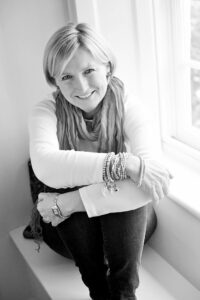 If I had known beforehand that it would require me to read forty books and multiple academic papers in order to write The Secret Shore, would I have done it? Yes. This story was one I had to write because I love the Helford River so much. The story of the secret flotillas in WW2 is part of the history of the river and I have wanted to write about them for ages. But I struggled to find a way until the character of Meredith Tremayne, a cartographer, came to me.
If I had known beforehand that it would require me to read forty books and multiple academic papers in order to write The Secret Shore, would I have done it? Yes. This story was one I had to write because I love the Helford River so much. The story of the secret flotillas in WW2 is part of the history of the river and I have wanted to write about them for ages. But I struggled to find a way until the character of Meredith Tremayne, a cartographer, came to me.
The starting point for my research was the book The Secret Flotillas by Brooks Richards. In the course of writing The Secret Shore, I reread his book three times just to keep straight the different operations running the routes from Devon and Cornwall to Brittany. After learning of the teams’ immense bravery, I made the decision to use the names of the real people in my novel and this led to more books to research… from general history, to biography, to memoirs, and finally to obscure titles to find the small details. Some I had also read previously while researching for The Returning Tide, such as the personal memoir of the woman who managed the Ferryboat Inn during the war.
In all this fascinating background work the key thing for me was to digest the information and then to step away. It’s far too easy to want to squeeze in all the riveting facts, but that would have dragged the story down. By the end of my research, I may have done the equivalent of a Geography A level, but more akin to the study of geography as taught in the 1930s.
For The Secret Shore I stuck to my tried and tested method of doing my research in chunks. To begin with, only enough to write the first draft, then as the story develops I commence the deep dive for the right information. I can if I’m not careful become easily led astray down the many rabbit holes of research. Through the ensuing drafts I keep seeing the need for further information and will keep reading more to add subtle layers, without overloading it, hopefully bringing the story alive for my readers.
Now the big question is where to put all the books?

